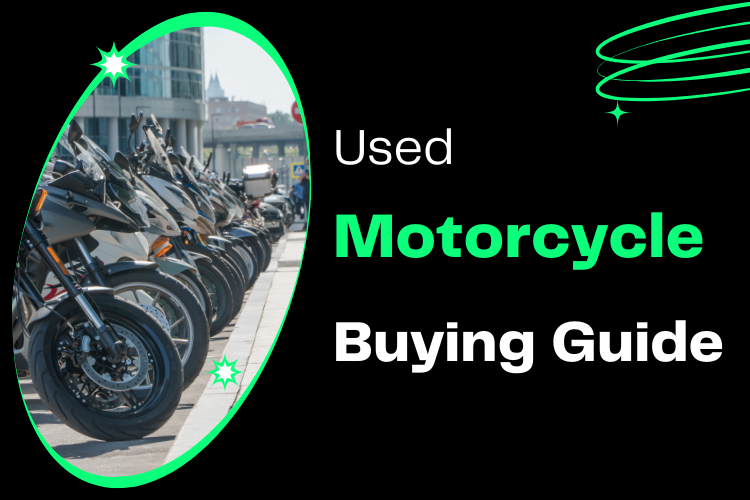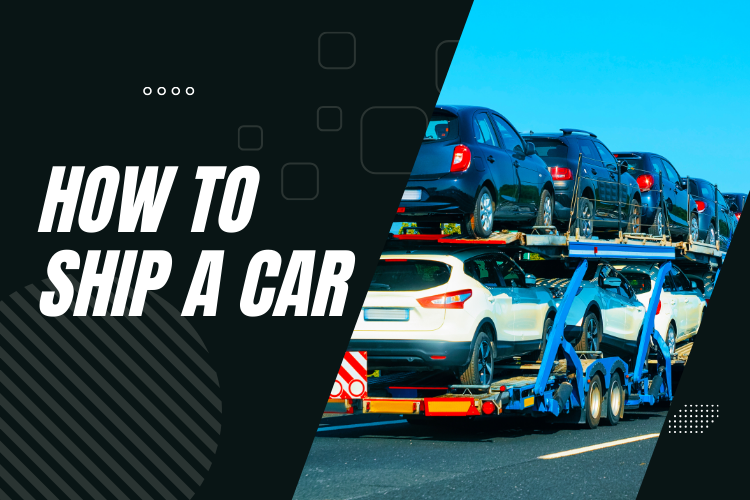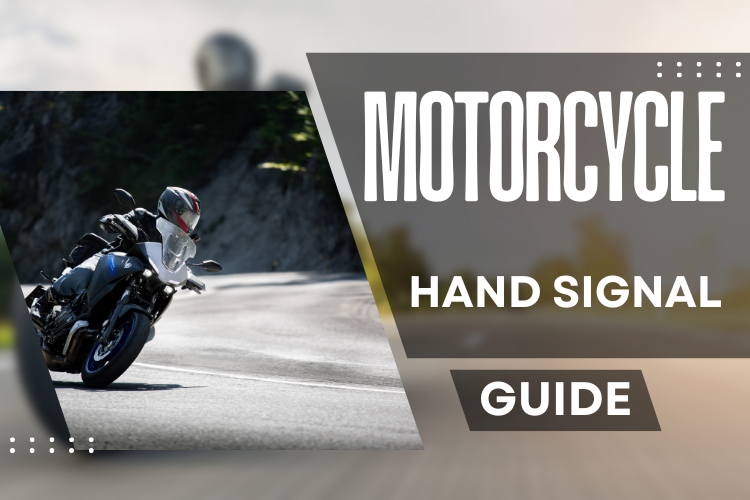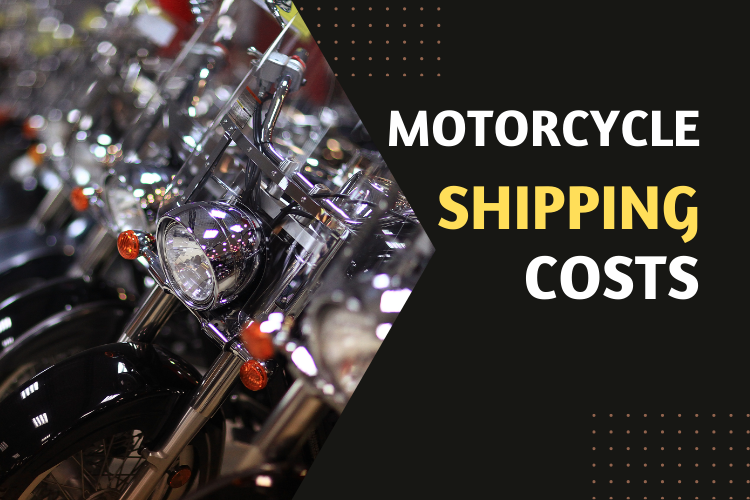This makes them an appealing choice for both first-time riders and seasoned enthusiasts looking to upgrade without stretching their budget. But owning a motorcycle involves more than just the purchase price. Prospective buyers should also consider the cost of riding gear, insurance, maintenance, fuel, and safety courses, all of which can add up quickly.
From essentials like a reliable helmet — which could run between $70 and $300 — to comprehensive insurance policies averaging $200–$500 per year, planning ahead ensures your motorcycle ownership experience remains enjoyable and affordable.
In this comprehensive guide, we’ll take you through everything you need to know about buying a used motorcycle in 2025 and guide you to the best place to buy a used motorcycle. You’ll learn what to inspect, which questions to ask sellers, how to gauge a bike’s value, and how Sherpa Auto Transport can help safely deliver your new ride right to your doorstep.
Key Takeaways
- It’s important to evaluate a used motorcycle’s value before buying. Factors like condition, age, mileage, and service history should all be carefully reviewed.
- A thorough inspection — including the frame, tires, brakes, engine, and electrical systems — can help you avoid costly surprises after purchase.
- Asking the right questions about a bike’s history, modifications, and maintenance habits can reveal hidden issues or confirm a well-kept machine.
- Test rides and a check of proper paperwork, like titles and service records, are essential steps before committing to a purchase.
In This Guide:
- Used Motorcycle Buying Guide (2025)
- Pros and Cons of Buying a Used Motorcycle
- Buying a Used Motorcycle – What to Look For?
- How to Evaluate the Value of a Used Motorcycle?
- Questions to Ask When Buying a Used Motorcycle
- Bottom Line
- Used Motorcycle FAQs
Used Motorcycle Buying Guide (2025)
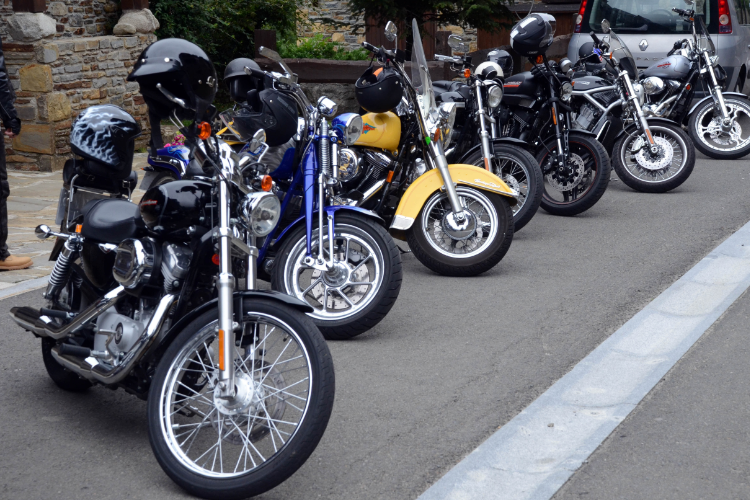
The primary reason to buy a used motorcycle is the cost savings. New bikes depreciate quickly, so you can often find a well-maintained used motorcycle at a fraction of the cost of a new one. Also, when shopping for used bikes, you may have access to higher-end models or brands that would be out of your budget if bought new.
Insurance is usually lower since used motorcycles are generally less expensive than new models. This can significantly benefit newer riders or those looking to save on long-term ownership costs. Hence, it is one of the best ways to buy a used motorcycle and gain these benefits.
Learn more about How Much Does It Cost To Ship A Motorcycle.
Pros and Cons of Buying a Used Motorcycle
Before proceeding, let’s quickly weigh some pros and cons of buying a used motorcycle.
| Pros | Cons |
|---|---|
| Cost-effective | Risk of hidden issues |
| More model options within your budget | Warranty coverage |
| Lower depreciation | Limited customization |
Buying a Used Motorcycle – What to Look For?
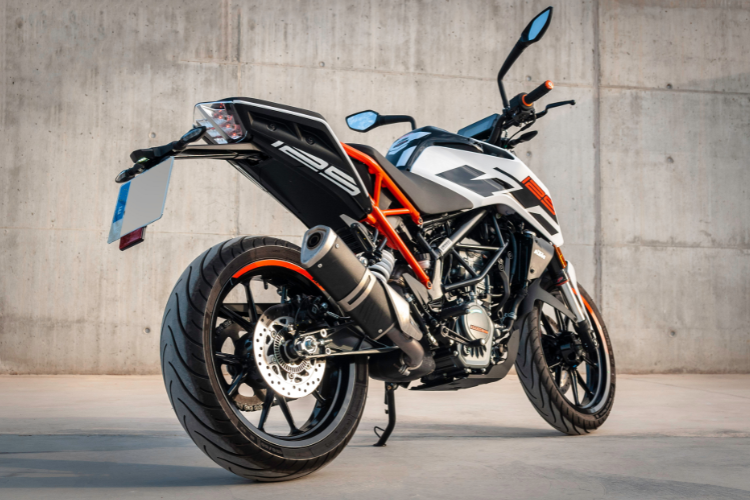
Buying a used motorcycle can be a great way to get on the road without the costly price tag of a brand-new bike. However, several key factors must be considered to ensure you’re getting a good deal.
Here’s what you need to look for when purchasing a used motorcycle to make sure you opt for the best way to buy a used motorcycle:
Check for Damage
One of the first things you’ll want to do when inspecting a used motorcycle is check for damages. Look for dents, scratches, or cracks on the frame which indicate previous accidents or poor care. Pay special attention to the gas tank, as this area is prone to scratching.
Inspect Tires and Wheels
Tires are among the most essential components of any motorcycle. Please ensure they are detailed and in good condition with no bald spots, cracks, or punctures. The tread should be sufficient depth, and the wheels should be free of dents or damage.
Check the Brakes
Brakes are key to your safety, so they need to be in top shape. Check the condition of the brake pads for wear, ensure the brake rotors aren’t worn out, and confirm the brake fluid level is adequate. Low brake fluid could indicate neglect or a leak. Ask the seller about the bike’s brake maintenance history for added peace of mind.
Inspect the Chain and Sprockets
The chain and sprockets reveal how well the bike has been maintained. The chain should have a slight slack, not too loose or tight and be adequately lubricated. Examine the sprocket teeth for wear; they should appear even and not overly sharp. A well-maintained chain and sprockets suggest the previous owner took good care of the bike.
Look at the Suspension
The suspension ensures a smooth ride, so inspect its condition thoroughly. Check the front forks for leaks or worn seals, and ensure the rear shock isn’t leaking and provides proper resistance when compressed. A well-functioning suspension is crucial for both comfort and safety.
Evaluate the Engine
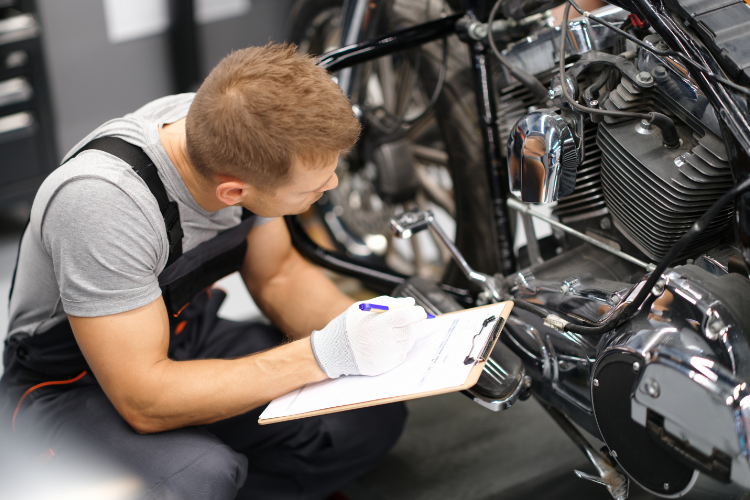
The engine’s performance determines the motorcycle’s overall health. Look for oil leaks under the bike and around the engine. Start the engine and listen for unusual noises like knocking or ticking. It should idle smoothly without stalling. If unsure, bring a mechanic to assess the engine thoroughly.
Assess Motor Oil and Coolant
Check the motor oil and coolant levels to ensure they’re correct. Dirty or low motor oil can indicate poor maintenance and could lead to engine problems down the line. Ask to see the motorcycle’s maintenance records to confirm the oil has been changed regularly.
Examine It Cold
When inspecting the bike, it’s crucial to examine it when it’s cold, as starting it up will help reveal any issues with the engine. Look for smoke or unusual sounds, which could indicate engine issues.
Check the Electrical Systems
Don’t overlook the electrical components. Test the headlights, brake lights, turn signals, and horn to ensure they’re functional. Verify the battery’s age and check for corrosion on the terminals. A reliable electrical system is vital for safe and hassle-free rides.
Review Vehicle Service Records
Ask the seller for the motorcycle’s service history. A well-maintained bike will have regular oil changes and maintenance records available. A lack of maintenance records can be a red flag, indicating that the motorcycle was neglected and not regularly cared for.
Test Drive the Bike
Before buying a used motorcycle, always take it for a test ride. Pay attention to how the bike handles, brakes, and accelerates during the ride. Anything that feels off could be a sign of underlying mechanical issues.
Check out some of the Best Beginner Motorcycles On The Market.
How to Evaluate the Value of a Used Motorcycle?
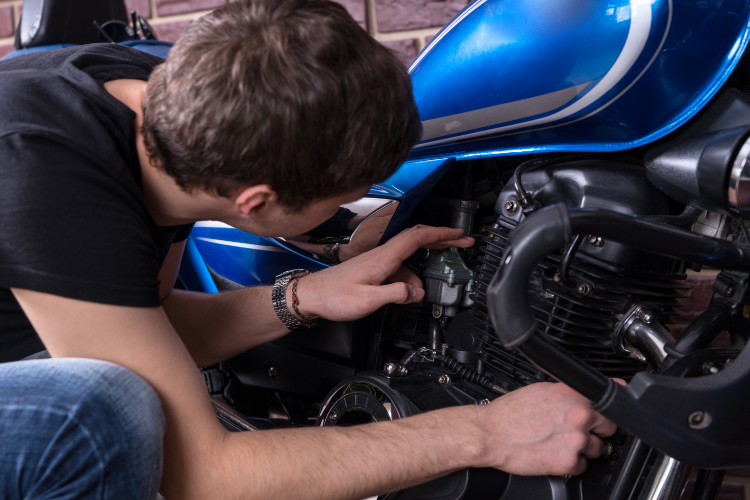
Factors that affect the value of a used motorcycle include:
- Age: Newer models generally command higher prices, but well-maintained older bikes can still hold solid value.
- Mileage: Lower mileage is typically preferred, but consistent maintenance matters more than the odometer alone.
- Condition: Visible damage, worn components, or poor maintenance history can significantly lower a bike’s worth.
- Brand and Model: Certain brands like Harley-Davidson or Honda tend to retain value better over time.
- Upgrades and Modifications: High-quality aftermarket upgrades can increase desirability, while poorly done mods might lower value.
Resources like Kelley Blue Book or NADA Guides provide estimated values based on a motorcycle’s age, condition, and mileage, which can help evaluate used motorcycle values.
Questions to Ask When Buying a Used Motorcycle

When buying a used motorcycle, asking the right questions is crucial to ensure you’re getting a quality bike. Here are some key questions to ask the seller:
Has the Bike Been Involved in a Crash?
It’s important to know whether the motorcycle has been in an accident. This information can give you insight into potential hidden damage that could affect its performance or safety.
What is the Service History?
A good service history shows that the bike has been regularly maintained. It helps avoid issues like engine failure or poor performance.
How Often Was the Motorcycle Ridden?
Motorcycles that are regularly used tend to age better than those that stay unused for long periods. If a bike sits for a while, it may need extra work to get it back into shape.
What is the Mileage?
The mileage on the bike can affect its value and lifespan. A well-maintained motorcycle with higher mileage may still be a good deal, but it’s essential to understand how much life is left in it.
Has the Bike Had Any Modifications?
Modifications can affect a motorcycle’s value and performance. Some modifications may increase the bike’s appeal, while others could lead to mechanical issues or legal concerns.
How Long Since the Bike Was Last Ridden?
If the motorcycle has been sitting for an extended period, you should be extra cautious. Long periods of inactivity can lead to rust or other issues.
Was the Motorcycle Winterized?
If you are considering bikes stored during the winter, ask if they were correctly winterized to ensure they didn’t suffer any damage. Proper winterization can prevent issues like battery drain or engine corrosion. Learn more about motorcycle winter storage here.
Why Are You Selling the Motorcycle?
This question can help you gauge whether the seller is honest and whether the bike has any underlying issues they may not have disclosed. A straightforward answer such as “I’m upgrading” or “I don’t ride much anymore” is a good sign.
Bottom Line
Buying a used motorcycle can be one of the most cost-effective and rewarding ways to get on two wheels — provided you know what to look for. From evaluating the bike’s value and condition to asking the right questions and taking a test ride, thorough research and preparation make all the difference.
Once you’ve found your perfect ride, let Sherpa Auto Transport help get it home to you safely. Our expert motorcycle shipping services ensure your new purchase arrives in top condition, no matter where it’s located.
Used Motorcycle FAQs
What's Considered High Mileage for a Used Motorcycle?
Generally, motorcycles with over 40,000 miles are considered high mileage, but this can vary depending on the bike’s brand and maintenance history. A well-maintained motorcycle can still perform well even with higher mileage.
How Long Can a Motorcycle Sit Without Being Used?
A motorcycle can sit for a few months without significant issues, but it is essential to check for problems like stale fuel, corrosion, or battery issues before riding it again.
At What Mileage Do Motorcycles Start Having Problems?
Motorcycles typically start having issues around 40,000 to 50,000 miles, depending on the model and how well it has been maintained.
How Can I Ship a Motorcycle to My Home?
If you’re buying a motorcycle from another city or state, you should ship it to your home. Sherpa Auto Transport offers reliable motorcycle shipping services to ensure your bike gets to you safely. Learn more about motorcycle shipping here.
By following these tips and asking the right questions, you’ll be well-equipped to find the perfect used motorcycle for your budget and riding style.

